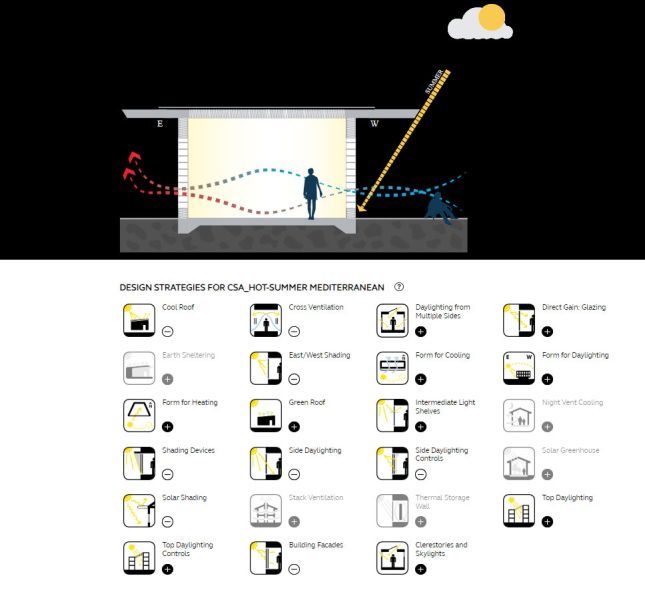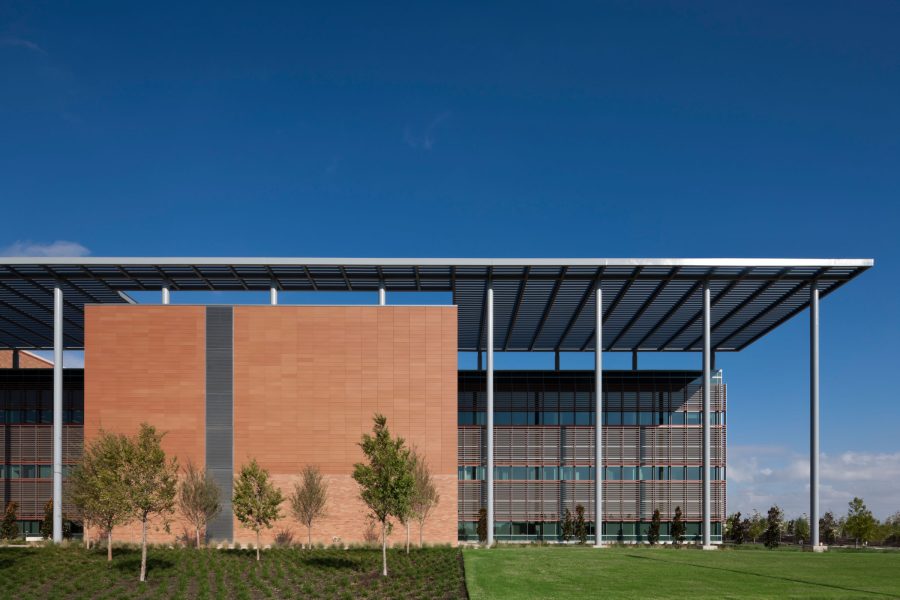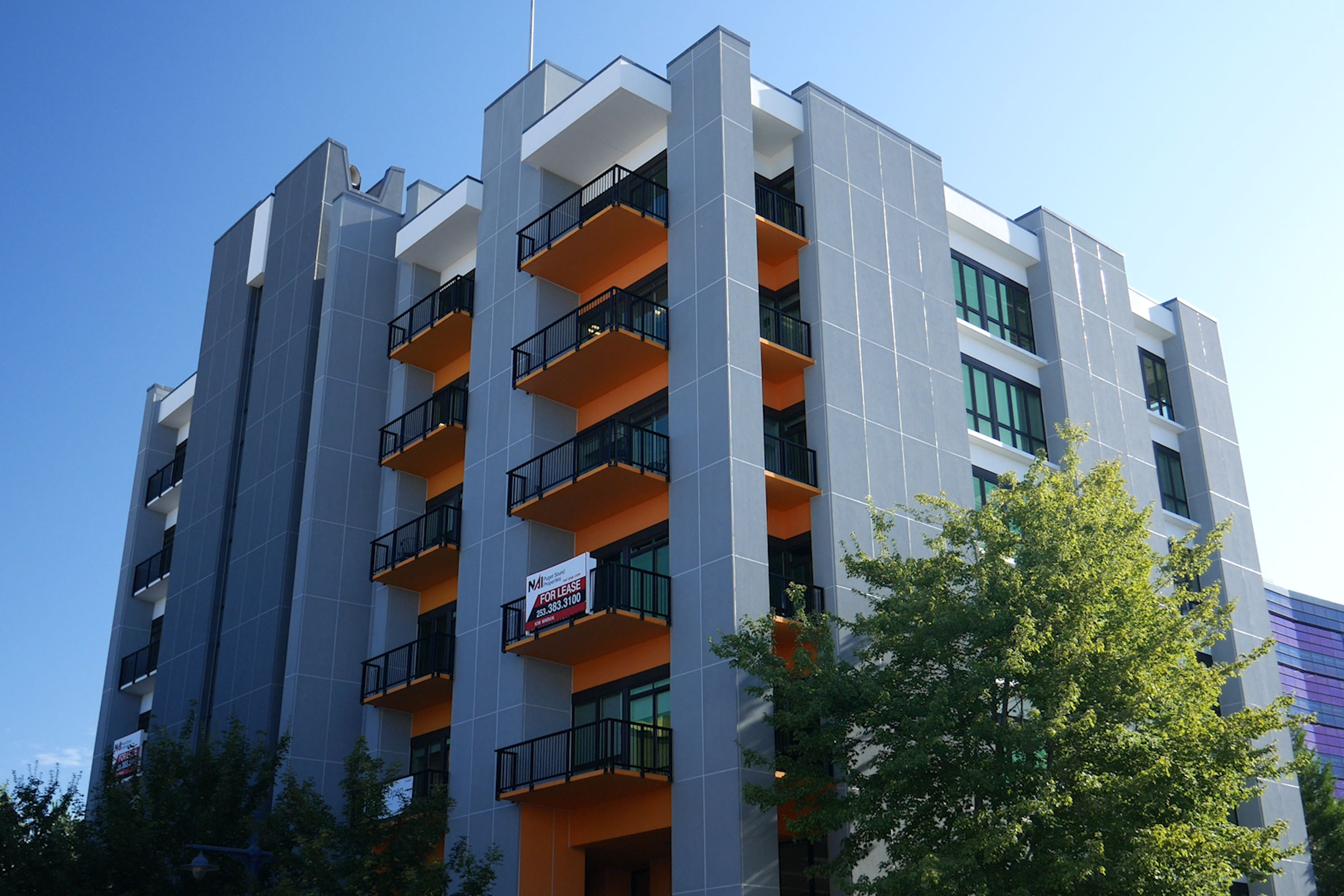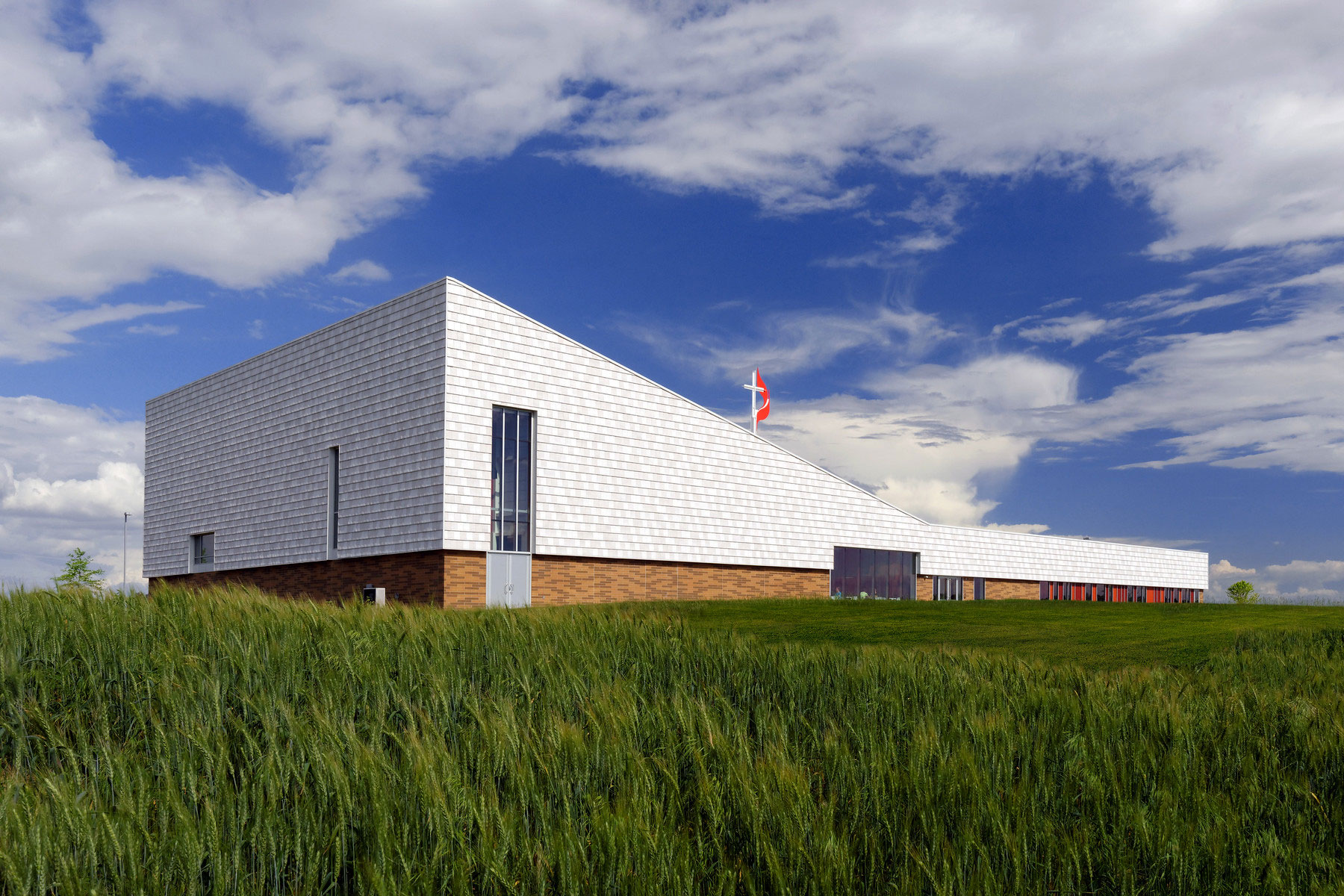Story at a glance:
- Arcadis’ free web-based tool designed to assist architects, designers, and urban planners in creating more sustainable buildings.
- CLIMATESCOUT V2 includes a grid carbon intensity map, providing users with data on the carbon intensity of energy grids in countries worldwide.
Understanding climate and developing an appropriate architectural response is the foundation of sustainable design. With climate change affecting every region of the world, it has become of the utmost importance for architects and designers to adopt practices that mitigate environmental impact, reduce GHG emissions, and aid in creating structures that respond to the specific conditions of their location. At Arcadis it is our responsibility to take proactive steps to safeguard the future of our environment.
We have developed and shared CLIMATESCOUT, a free web-based tool designed to assist architects, designers, and urban planners in creating buildings that are more responsive to their surrounding climate and biome. CLIMATESCOUT aims to promote carbon-free buildings by connecting climate data with architecture. It serves as a resource for sustainable design advice that considers both a site’s environmental factors and the architectural strategies needed to create a more harmonious relationship between buildings and nature.
How CLIMATESCOUT Works

Developed by Arcadis, the CLIMATESCOUT App helps design teams create more sustainable buildings. Image courtesy of Arcadis
A core feature of CLIMATESCOUT is its use of the Köppen-Geiger climate classification system, which divides the world into distinct climate zones based on temperature and precipitation patterns. By incorporating this system CLIMATESCOUT provides users with climate-specific design strategies from Architecture 2030. This tool allows architects to create buildings that meet the needs of the people inhabiting them while also responding appropriately to the environmental challenges presented by their respective locations. Our team uses CLIMATESCOUT early in the design process to understand what strategies are appropriate for each specific project.
The app is interactive and intuitive, featuring diagrams that allow users to see how architectural responses can change based on the climate. This connection between sustainable design strategies and specific climate conditions in real-time is a crucial aspect of CLIMATESCOUT. It enables users to better understand how to adjust their building designs based on the surrounding environment, supplementing both functionality and sustainability. By providing design guidance tailored to each site’s unique conditions, architects can create efficient and ecologically harmonious buildings.
Advanced Climate-Responsive Design

The CLIMATESCOUT app allows you to choose design strategies based on climate. Image courtesy of Arcadis
The latest iteration, CLIMATESCOUT V2, brings the tool’s capabilities to the next level by incorporating operational carbon data. Operational carbon refers to the carbon emissions associated with energy use during a building’s lifespan and is a major factor in a building’s overall environmental impact.
Buildings are currently responsible for 39% of global energy-related carbon emissions— 28% from operational emissions, from energy needed to heat, cool and power them, and the remaining 11% from materials and construction, according to the World Green Building Council. To address this CLIMATESCOUT V2 includes a grid carbon intensity map, providing users with data on the carbon intensity of energy grids in countries worldwide. This feature allows architects and designers to evaluate, based on a target Energy Use Intensity (EUI), how their buildings’ energy consumption will contribute to carbon emissions, enabling them to make informed, data-driven design decisions.
With this enhanced capability CLIMATESCOUT helps users integrate operational carbon considerations with architectural design strategies. Users can assess the carbon impact of their building based on location, EUI, and grid carbon intensity, and adjust their designs accordingly to minimize their carbon footprint. The grid carbon intensity map also includes annual averages and historical data, making it easier for users to analyze the impact of the energy grid on operational carbon intensity for specific regions. This data is updated annually.
CLIMATESCOUT’s ability to connect climate data, operational carbon, and architectural design makes it a crucial tool for the global design community. As cities and countries advance legislation mandating net-zero carbon emissions for new buildings—particularly high-energy-use structures like laboratories, hospitals, and manufacturing facilities—tools like CLIMATESCOUT are essential for achieving these ambitious sustainability goals.
Transformative Impact and Ongoing Innovation

Design of the San Antonio Military Medical Center. Photo courtesy of Arcadis
Currently embraced by professional practice and academia worldwide, the app demonstrates flexibility and relevance across diverse regional contexts. Its ability to help architects, designers, and planners visualize the direct relationship between climate and architectural responses is empowering. Moreover, the inclusion of operational carbon data ensures that the app will continue to be an indispensable tool in the fight against climate change.
In today’s eco-conscious world sustainability is no longer just a consideration––it’s a necessity. As architects and designers, we must strive to create functional and beautiful designs while putting sustainability and environmental consciousness at the helm of our designs. By utilizing tools like CLIMATESCOUT, we can take a considerable step towards this goal, designing adaptive, climate-responsive buildings, and capable of reducing their carbon footprint.
CLIMATESCOUT reflects Arcadis’ dedication to our planet’s future. Our ongoing innovation in tools and strategies underlines our commitment to sustainable and low-carbon construction methods. This tool guides the architectural design process while fostering a renewed approach to architecture that prioritizes climate and sustainability. As climate change increasingly influences our lifestyles, tools like CLIMATESCOUT are key in ensuring that our future structures are resilient and conducive to preserving the natural environment.




